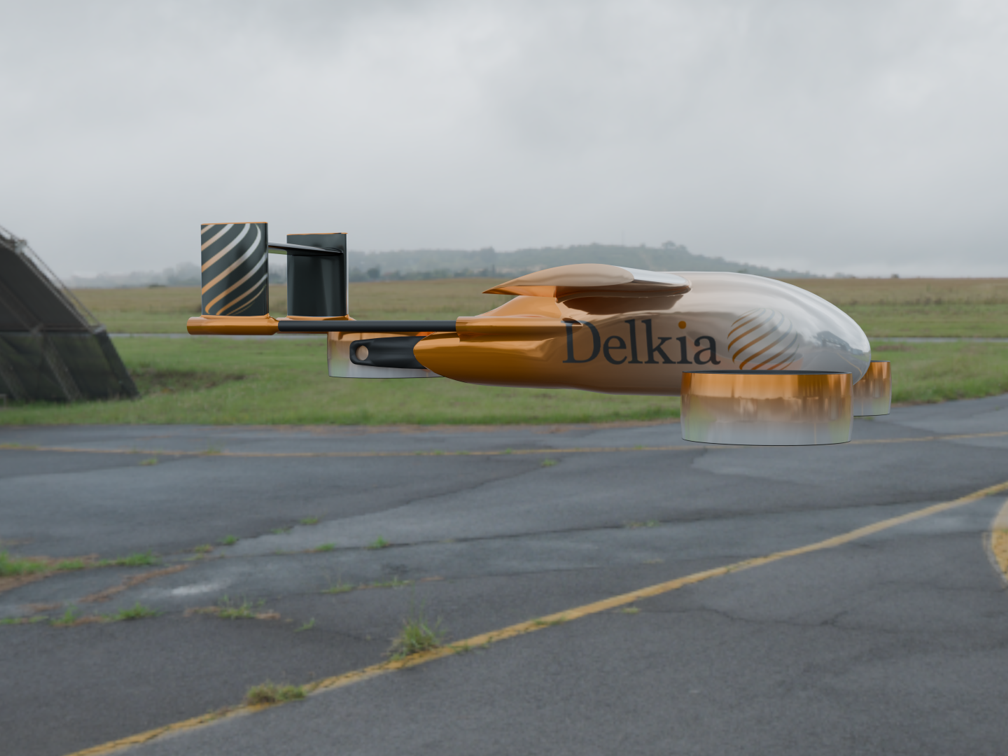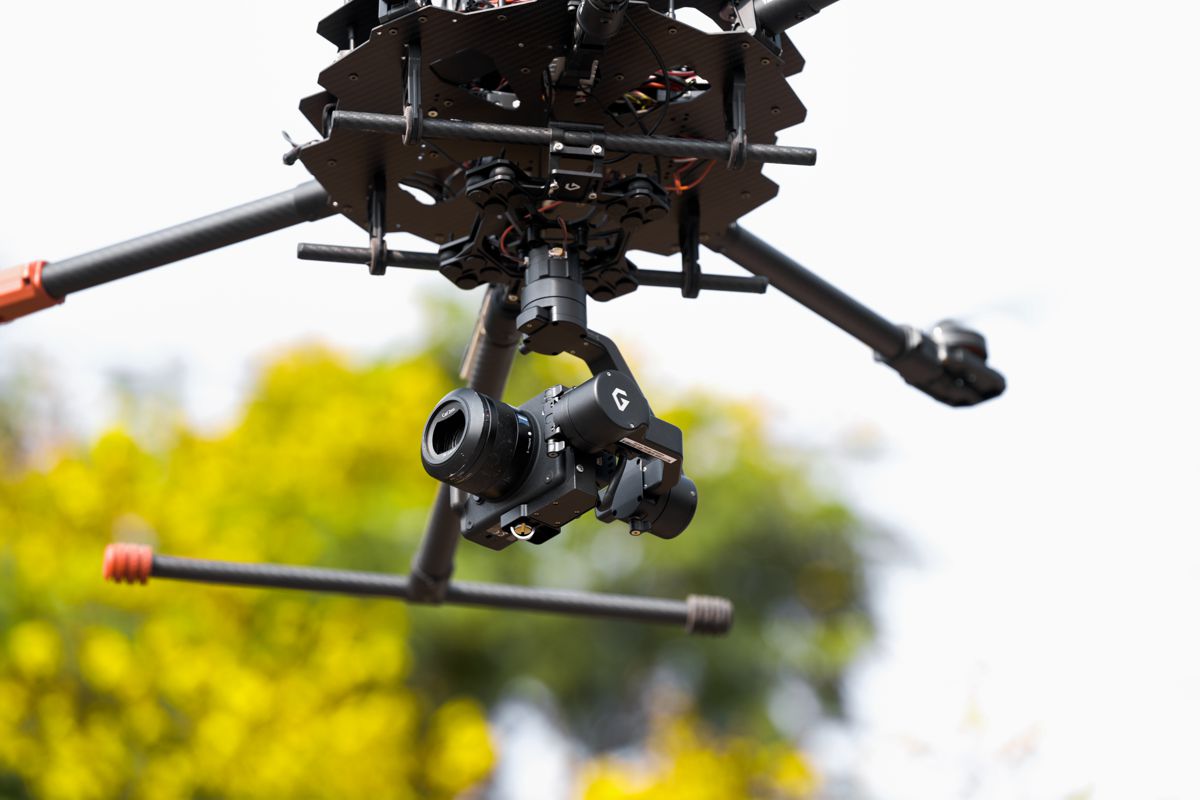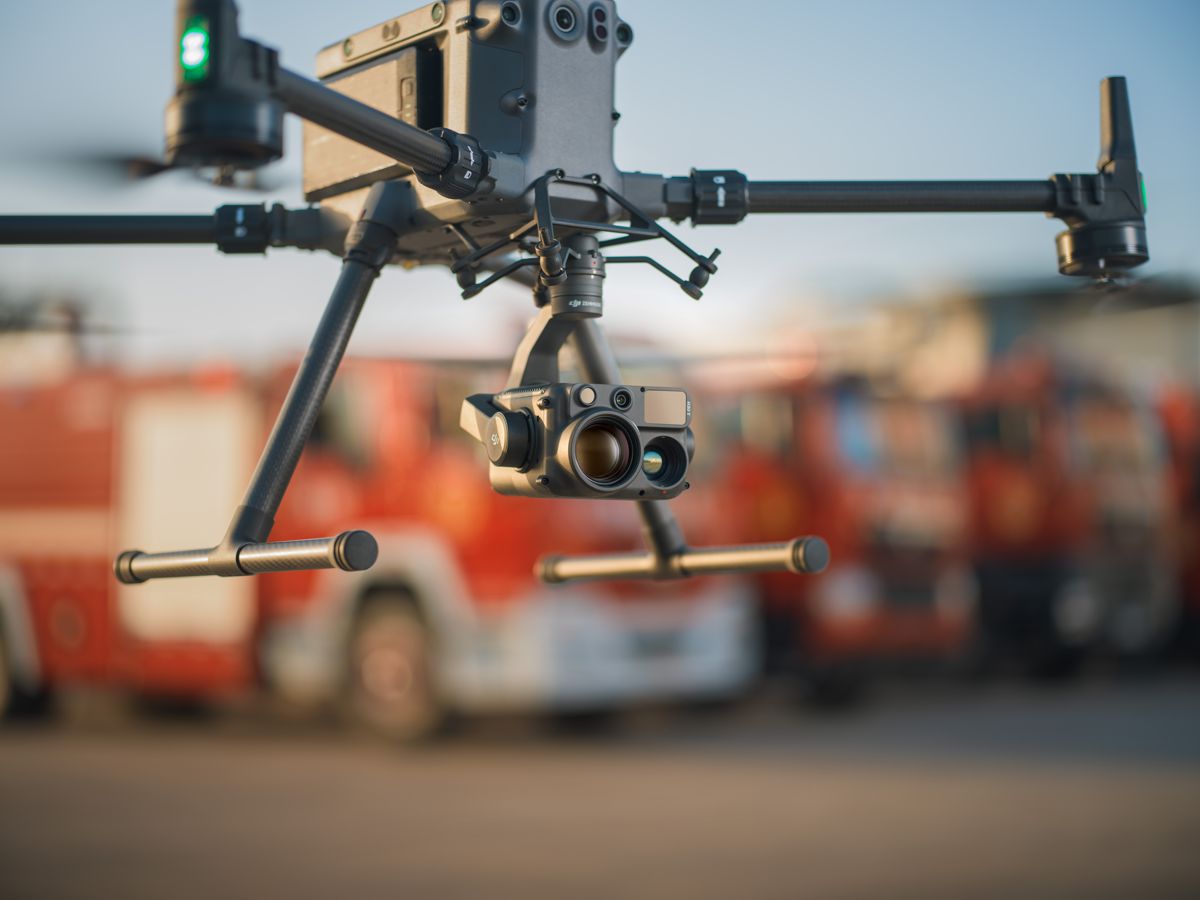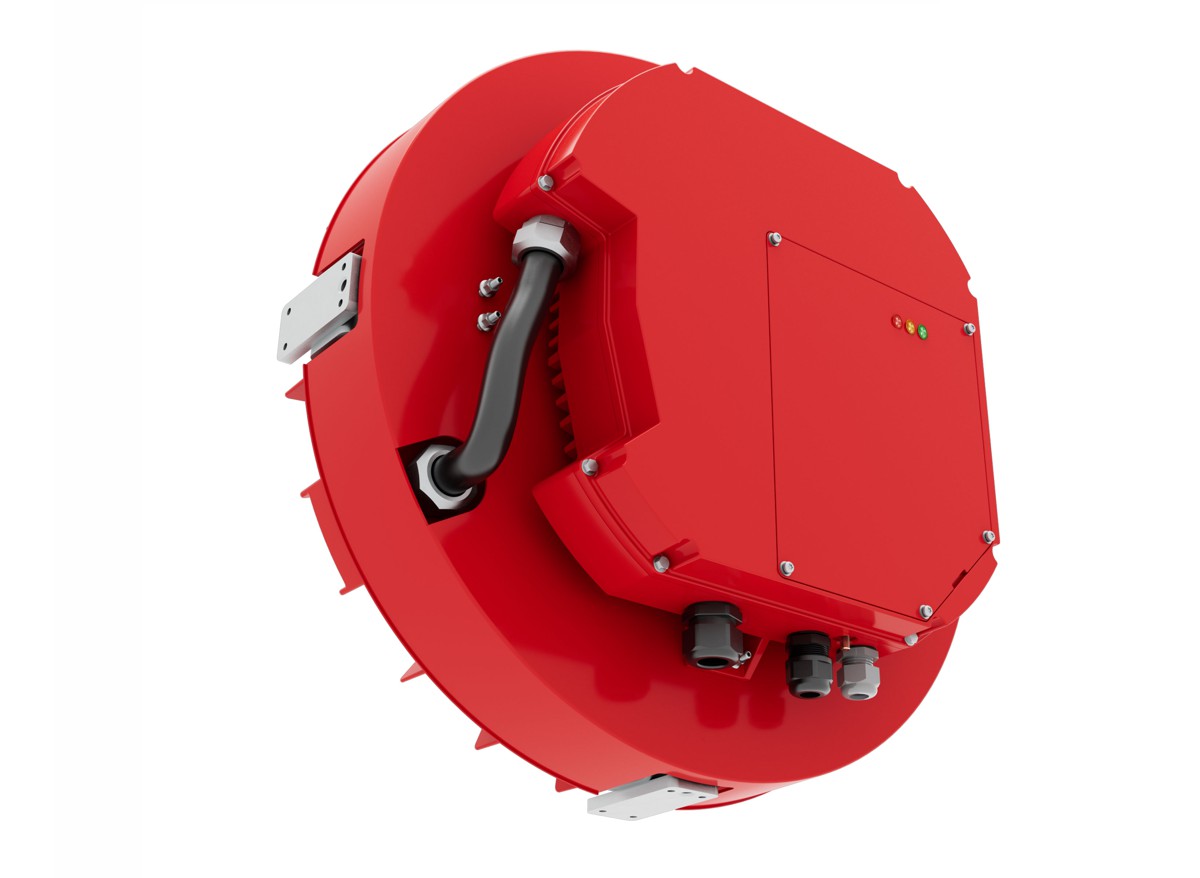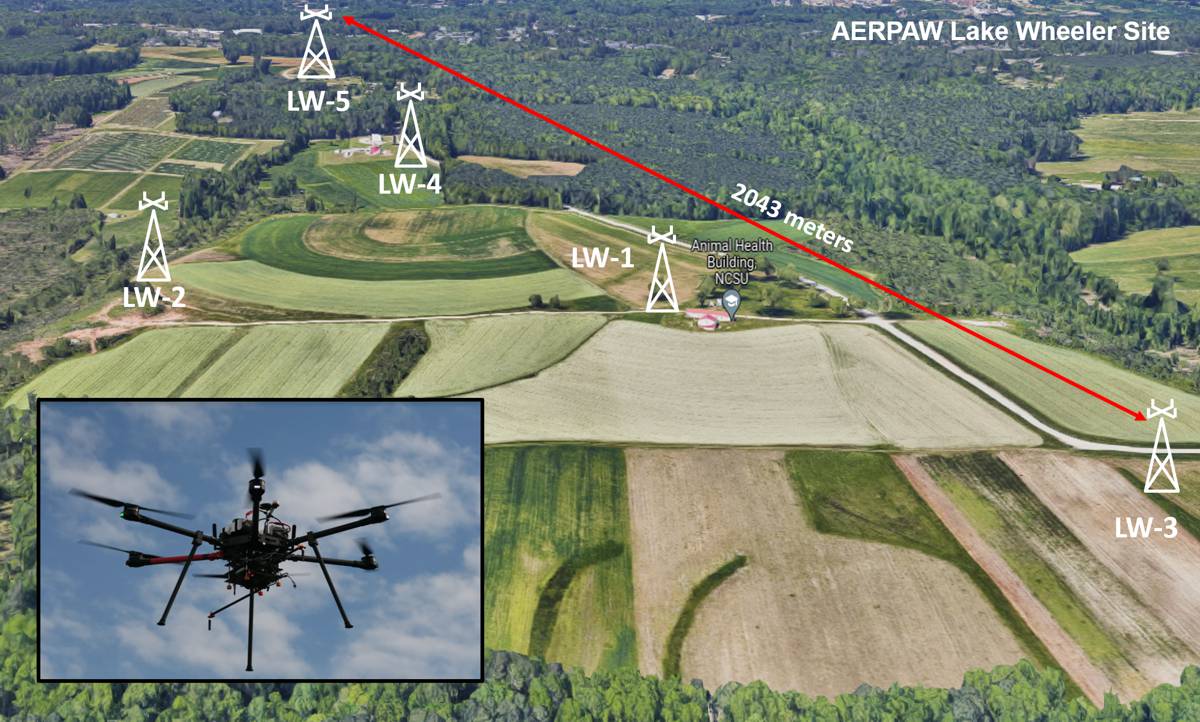Drone performance improved by Anemometer research
Engineers have designed and successfully tested a more efficient wind sensor for use on drones, balloons and other autonomous aircraft.
These wind sensors – called anemometers – are used to monitor wind speed and direction. As demand for autonomous aircraft increases, better wind sensors are needed to make it easier for these vehicles to both sense weather changes and perform safer take-offs and landings, according to researchers.
Such enhancements could improve how people use their local airspace, whether it be through drones delivering packages or passengers one day flying on unmanned aircraft, said Marcelo Dapino, co-author of the study and a professor in mechanical and aerospace engineering at The Ohio State University.
“Our ability to use the airspace to move or transport things in an efficient manner has huge societal implications,” said Dapino. “But to operate these flying objects, precise wind measurements must be available in real time whether the vehicle is manned or unmanned.” Besides helping aerial objects cross long distances, accurate wind measurements are also important for energy forecasting and optimizing the performance of wind turbines, he said.
Their research was published in the journal Frontiers in Materials.
Conventional anemometers vary in how they collect their data, but all of them have limitations, said Dapino. Because anemometers can be expensive to make, consume high amounts of energy, and have a high aerodynamic drag – meaning the instrument opposes the aircraft’s motion through the air – many types are ill-suited for small aircraft. But the Ohio State team’s anemometer is lightweight, low-energy, low-drag and more sensitive to changes in pressure than conventional types.
Leon Headings, co-author of the study and a senior research associate in mechanical and aerospace engineering at Ohio State, said the instrument was fabricated from smart materials – matter with properties that can be controlled, enabling them to sense and react to their environment. The team used an electric polymer called polyvinylidene fluoride (PVDF).
Used extensively in architectural coatings and lithium ion batteries, PVDF can be piezoelectric, which means that it produces electrical energy when a pressure is applied to it. This energy can be used to power the device. The measured voltage or change in capacitance of a piece of flexible PVDF film can be correlated to the wind speed.
The PVDF sensor is incorporated into an airfoil, similar to an airplane wing, which reduces aerodynamic drag. Because the airfoil is free to rotate like a wind vane, it can be used to measure the direction of the wind.
But to test how their device would fare once subjected to Earth’s atmosphere, researchers designed a two-pronged experiment. First, the pressure sensor was tested in a sealed chamber to determine its sensitivity. Then, the sensor was incorporated into an airfoil and tested in a wind tunnel. The results showed that the sensor measures both pressure and wind speed extremely well. A small digital magnetometer compass integrated into the airfoil provides precise wind direction data by measuring the absolute orientation of the airfoil relative to the Earth’s magnetic field.
But more research needs to be done to move the wind sensor concept from a controlled research environment to commercial applications. As his team continues to work with PVDF and other advanced materials to improve sensor technology, Dapino hopes that their work will eventually lead to technology that can be used outside of aircraft, such as for wind turbines for clean, efficient and readily available energy for the public.
“These are very advanced materials and they can be used in many applications,” said Dapino. “We would like to build on those applications to bring compact wind energy generation to the home.”
The project is part of the Smart Vehicle Concepts Center, a National Science Foundation Industry University Cooperative Research Center at Ohio State. Eiji Itakura at Toyota Motors Corporation in Japan and Umesh Gandhi at the Toyota Research Institute of North America lead the team that supported this research. The study’s other co-author was Arun K. Ramanathan, a recent graduate of Ohio State’s mechanical engineering program.



